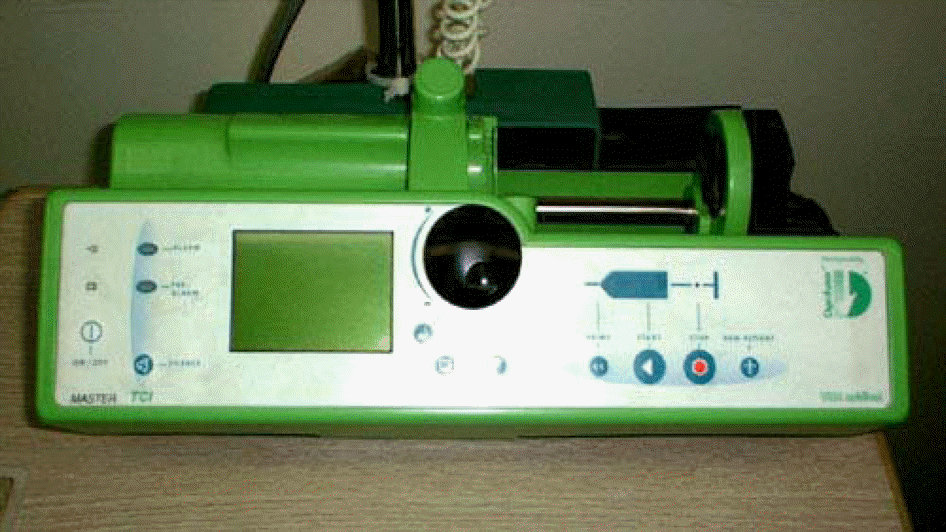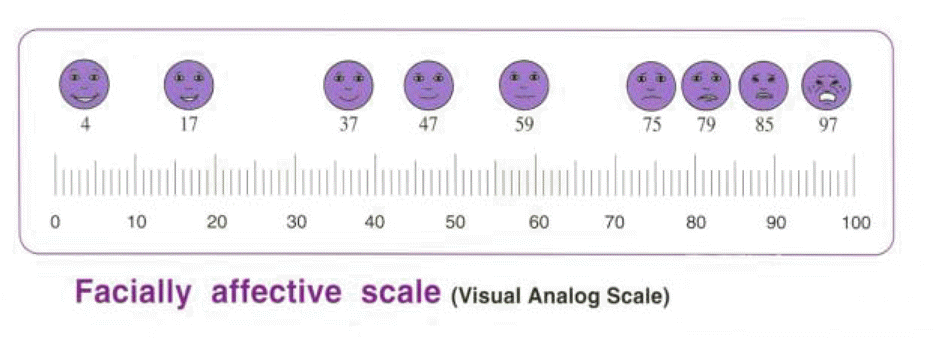Abstract
Purpose
To evaluate the clinical usefulness of intravenous propofol and fentanyl anesthesia during adjustable strabismus surgery, to investigate the effectiveness and safety of adjustable strabismus surgery, and assess the degree of patient satisfaction.
Methods
Patients over 15 years of age who underwent strabismus surgery using propofol and fentanyl sedation from January 2003 to December 2004 were included in this study. At the beginning of the operation, the patients received an intravenous bolus of fentanyl 1 to 1.5 mg/kg. Propofol was injected into a vein continuously during the operation to keep the blood concentration within 1.2-1.5 ug/mL. Intraoperative adjustment was then made. We evaluated, via questionnaire, patient satisfaction with the operation and the adjustment.
Go to : 
References
1. Yang YS, Lee SH, Kim SD, Kim JD. Tolerance of patients and Postoperative results: Strabismus surgery under topical anesthesia. J Korean Ophthalmol Soc. 1997; 38:194–8.
2. Garu RD. Topiccal Anesthesia for strabismus surgery. J Pediatr Ophthalmol strabismus. 1989; 26:86–90.
3. Kraft SP, Jacobson ME. Techniques of adjustable suture strabismus surgery. Ophthalmic Surgery. 1990; 21:633–40.

4. Jamposky AJ. Strabismus reoperation techniques. Transactions. Section on Ophthalmology. American Academy of Ophthalmology and Otolaryngology. 1975; 79:704–17.
5. Roh YB, Park WS. Adjustable Suture Technique in Pediatric Strabismus with Ketamine Anesthesia. J Korean Ophthalmol Soc. 2001; 41:106–10.
6. Miller RD. Anesthesia. 5th ed.1. Philadelphia: Churchill-Livingstone;2000. p. 1452–69.
7. Ohmi G, Hosohata J, Okada AA, et al. Strabismus surgery using the intraoperative adjustable suture method under anesthesia with propofol. Jpn J Ophthalmol. 1999; 43:522–5.

8. Cogen MS, Guthrie ME, Vinik HR. The immediate postoperative adjustment of sutures in strabismus surgery with comaintenance of anesthesia using propofol and midazolam. J AAPOS. 2002; 6:241–5.

9. The Korean society of Anesthesiolgy. Anesthesiology. 3rd ed.1. Seoul: Yeo Mun Gak;1987. p. 85–7.
10. Cho CK, Hong YJ. Total Intravenous Anesthesia with Propofol and Fentanyl. Korean J Anesthesiol. 1993; 26:465–77.

11. Cho YJ, Song SY, Lim GJ. Case Report of Severe Bradycardia and Mobitz Type I A-V Block after Anesthetic Induction with a Fentanyl-Propofol Sequence. Korean J Anesthesiol. 1994; 27:1470–3.
12. Kim SB, Lee IO, Kong MH, et al. Postoperative Pain Evaluation Facial Rating Scale Compared with Visual Analogue Scale. Korean J Anesthesiol. 2000; 39:696–9.

13. Song SO, Kim SY, Lee SY. Correlations between Numerical Rating Scale and Visual Analog Scale Pain Scores in the Assessment of postoperative Pain. Korean J Anesthesiol. 2003; 45:238–43.

14. Chin HS, Kim HS, Lee JB, Han SH. The Effect of Intraoperative Adjustment Strabismus Surgery Under Topical Anesthesia. J Korean Ophthalmol Soc. 1996; 37:1915–9.
15. Kim SJ, Park YJ. Topical Anesthesia in Pediatric Strabismus Surgery. J Korean ophthalmol Soc. 1998; 39:400–5.
16. Jin YH, Kwak CH. Intraoperative Adjustment with Topical Anesthetics in Strabismus Surgery. J Korean Ophthalmol Soc. 1992; 33:258–61.
Go to : 




 PDF
PDF ePub
ePub Citation
Citation Print
Print




 XML Download
XML Download